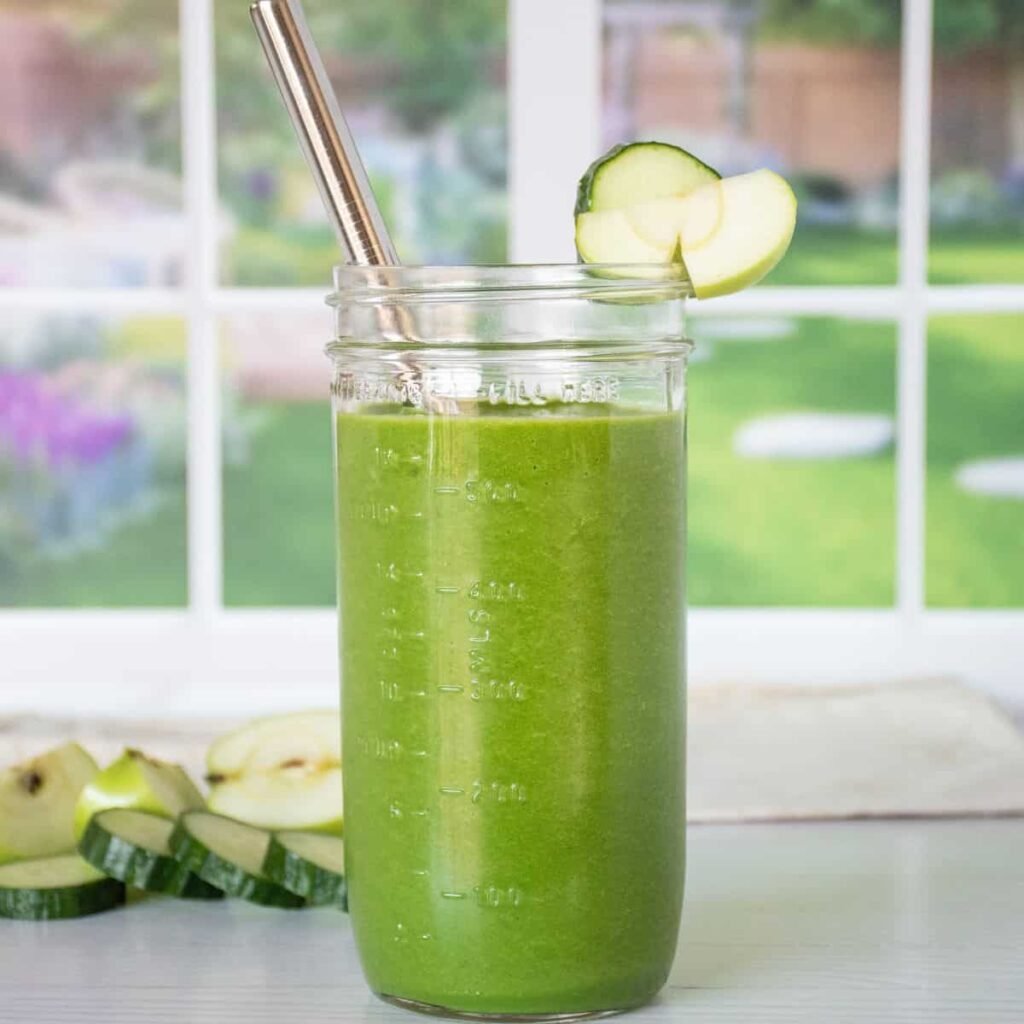Nutrition
Eat healthy foods to attain anti-ageing goals – Nutritionist
Mr. Raphael Kwabena Angmortey, the Nutrition Officer of Ada East, has said that beautiful, glowing, and anti-ageing skin is not necessarily based on cosmetic products but rather on eating a variety of fruits and vegetables.
Mr. Angmortey told the Ghana News Agency in an interview that most fruits and vegetables, such as blackberries, carrots, and tomatoes, are packed with antioxidant properties that delay or prevent ageing and other age-related disorders.
He mentioned that the skin is an outside layer that portrays problems in the internal body, hence the need to tackle and combat skin challenges from the core rather than using lotions, creams, and masks to cure the outer layer.
The Nutrition Officer said that fruits and vegetables contain vitamins that produce collagen, a protein that keeps the skin firm and elastic, protects the skin from sundamage, and reduces the appearance of wrinkles, among others
He said fruits and vegetables had numerous other health-promoting benefits, such as anti-cancer, anti-inflammatory, and anti-diabetic properties, needed for the entire body to function effectively.
He explained that foods that were rich in vitamin C supported collagen production for smooth and supple skin, adding that their anti-inflammatory properties helped to reduce the signs of ageing.
Mr. Angmortey cautioned against cosmetics, especially bleaching products, being used to reduce anti-ageing and other skin issues. –GNA
Nutrition
Palm nut soup

Palm nut soup is a Ghanaian dish that can be served with so many foods. It has a rich base of palm nuts combined with tomatoes and various vegetables that makes it very nutritious.
Preparation
Ingredients
– 1 kilogramme of palm nut
– Half kilogramme of beef
-One kilogramme of goat meat
-Three large salmon
-One full tuna
– A handful of turkey berries
-Two large onions
-4 large tomatoes
-3 large garden eggs
– One tin of mackerel
-Ten large peppers
– One large ginger
-2 cloves of garlic
– Four fingers of okro
– Salt to taste
Instructions
-Wash, cook palm nut, turkey berries, and pepper and add salt to it.
-Grind palm nut, turkey berries and pepper with mortar and pestle or mini food processor.
-Wash goat meat, beef, Tuna, salt and put on fire.
– Blend onion, garlic, ginger and tomatoes and pour on the goat meat.
– Add smoked tuna and salmon and okro to the soup.
-Use a spoon or ladle to skim off the surface oil.
-Garnish the soup with the okro or garden eggs as desired.
-Serve with fufu, banku or Omo tuo.
Nutrition
Cucumber and apple smoothie

Ingredients
-Two medium sized cucumber
-Three apples
-Four tablespoonful of honey
-Crushed ice
-Two cups of yoghurt
-One tablespoonful of blended ginger
– One tablespoonful of celery and mint
Preparation

-Wash and slice cucumber, apple into smaller sizes
-Blend until it is smooth
-Add honey and a little water to it
-Add crushed ice and yoghurt
-Blend it till you achieve your desired texture
– Then serve







